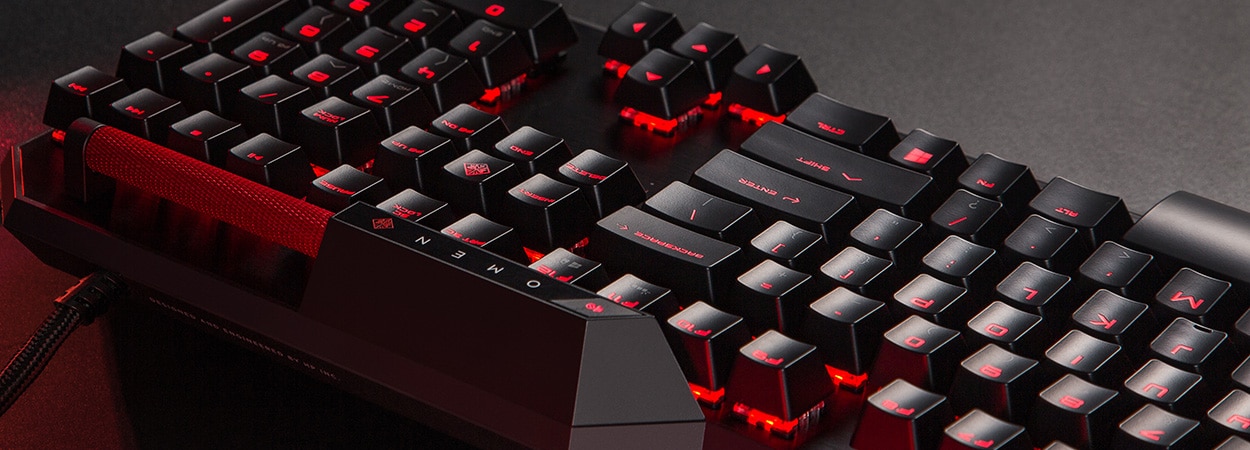Imagine a keyboard that’s not just a tool, but an extension of yourself. A symphony of satisfying clicks and clacks, perfectly tailored to your fingers’ dance. This is the world of custom mechanical keyboards, and building one is an experience unlike any other. Whether you’re a productivity powerhouse or a gaming gladiator, crafting your own keyboard unlocks a unique blend of personalization and performance.
But where do you start? Fear not, aspiring keyboard artisan! This guide will equip you with the knowledge and tools to navigate the exciting (and sometimes confusing) world of custom keyboards.
Step 1: Know Thyself (and Thy Keyboard Needs)
Before diving into components, ask yourself:
- What will you use it for? Work demands efficiency and comfort, while gaming prioritizes responsiveness and durability.
- What size suits you? Full-size keyboards offer all the bells and whistles, while compact layouts maximize desk space. Consider 60%, 65%, TKL (Tenkeyless), or full-size options.
- Hot-swappable or soldered? Hot-swappable PCBs let you experiment with different switches without soldering, while soldered options offer more layout flexibility.
Step 2: Deconstructing the Dream: The Essential Parts
Now, let’s break down the key components:
- Case: The foundation of your keyboard, available in plastic, aluminum, wood, and more. Consider aesthetics, sound profile, and mounting style (plate-mounted, top-mounted).
- Plate: Connects the PCB to the switches and affects typing feel. Materials range from steel for rigidity to brass for a deeper sound.
- PCB (Printed Circuit Board): The brains of the operation, translating keystrokes into digital signals. Hot-swappable PCBs simplify switch changes, while soldered offer wider layout options.
- Switches: These mechanical marvels determine the typing feel and sound. Popular options include Cherry MX (tactile and clicky), Gateron (smooth and affordable), and Kailh Box (clicky and tactile).
- Keycaps: The crown jewels, available in various materials (ABS, PBT) and profiles (Cherry, SA, DSA). Choose based on comfort, sound, and aesthetics.
- Stabilizers: Ensure larger keys like Enter and Spacebar move smoothly. Consider plate-mounted or screw-in stabilizers for stability.

Step 3: Choosing Your Weapons: Popular Options and Brands
The keyboard community is vast, so here’s a taste of popular choices:
- Cases: Tofu (affordable aluminum), DZ60 Tofu65 (hot-swappable option), GMMK Pro (pre-built with hot-swap), Rama M60-A (premium aluminum)
- Switches: Cherry MX Blue (clicky), Gateron Yellow (linear), Kailh Box White (clicky), Holy Pandas (tactile)
- Keycaps: Drop + Holy Panda (PBT, Cherry profile), GMK Cherry (ABS, Cherry profile), ePBT (PBT, various profiles)
Step 4: The Assembly Line: Putting it All Together
Now for the exciting part: building your keyboard! Here’s a simplified overview:
- Gather your tools: Screwdriver set, switch puller, keycap puller (optional), lube (optional).
- Test the PCB: Ensure functionality before proceeding.
- Prepare the switches: Lube if desired (improves sound and feel).
- Mount switches: Insert switches into the plate and PCB (hot-swappable) or solder them (requires skill).
- Install stabilizers: Clip or screw them into the plate.
- Attach the plate: Secure it to the case with screws.
- Add keycaps: Snap them onto the switches.
- Customize! Add LEDs, underglow, or different keycaps.
Step 5: Beyond the Basics: Tweaking and Tuning
The journey doesn’t end there! Explore the world of:
- Lubing switches: For smoother typing and quieter sounds.
- Adding sound dampening: Reduces hollowness and pinging sounds.
- Custom cables: Enhance aesthetics and desk setup.
- Custom keycaps: Express your personality with unique designs.
Remember: Building a custom keyboard is a learning experience. Embrace the process, experiment, and most importantly, have fun!
















Add Comment